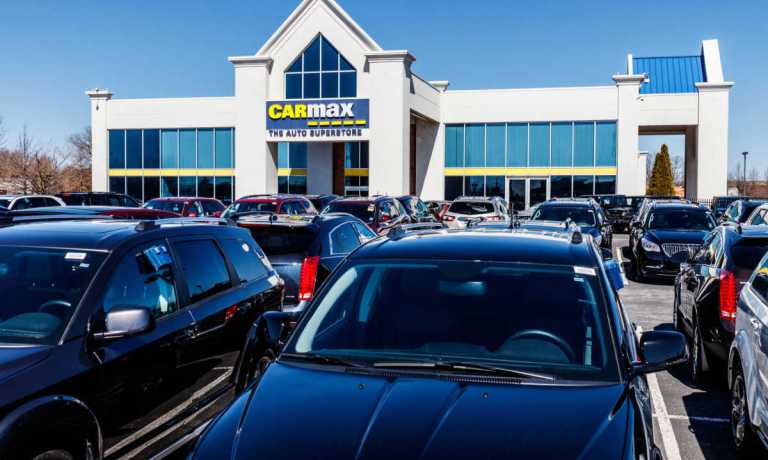
CarMax’s recent results signal some trouble spots that extend far beyond the used car industry and hint at some of the fires that may flare within the paycheck-to-paycheck economy.
The data show that CarMax’s retail used vehicle unit sales declined 6.4% year over year during the quarter ended Aug. 31.
And no surprise, in an environment where management said that affordability remains a key consideration, inflation is a significant headwind. But in addition, as CEO Bill Nash said on the earnings call, consumers are shifting from large ticket items to smaller purchases.
We contend that this means that spending tens of thousands of dollars on an item suddenly becomes less palatable when you’ve got to put groceries on the table.
Some things remain firmly in place, such as the great digital shift and the embrace of a connected, omnichannel approach to buying pretty much everything online — even cars.
As many as 11% of the CarMax’s retail sales were made online, up from 9% during the same quarter the previous year. About 53% of its retail sales were omnichannel sales.
Management also noted during the call that CarMax sourced approximately 20,000 vehicles through MaxOffer, its digital appraisal product for dealers. This was up 130% versus last year’s period.
Total revenue resulting from online transactions was approximately 30%. This is up from 28% previously.
As to some of the warning signs: Though credit metrics remain relatively strong, the company’s loan loss provision saw a $40 million swing, and the reserve balance is 2.9% of receivables, where it had been 2.8% last quarter. It’s a (relatively) small move, but building the reserves indicates that there is at least some caution about the consumers’ ability to keep up with their financial obligations, especially auto loans, which, as the Federal Reserve reported last month rose by $33 billion in the most recent quarter and where delinquency rates are creeping up.
CEO Nash noted during the call that demand softened markedly into the end of the summer, where August saw double-digit comp declines as “consumer confidence, certainly during the quarter, is at all-time low as far as recent history, I mean even lower than the height of the pandemic.”
For paycheck-to-paycheck consumers, the choices are stark: Triaging bills becomes a reality, and as we’ve noted in past research, consumers are pulling back on all but the most essential expenses. An increasing percentage of individuals earning more than $100,000 annually are living paycheck to paycheck. The used car market is only one segment among many that’s got a bumpy road ahead.